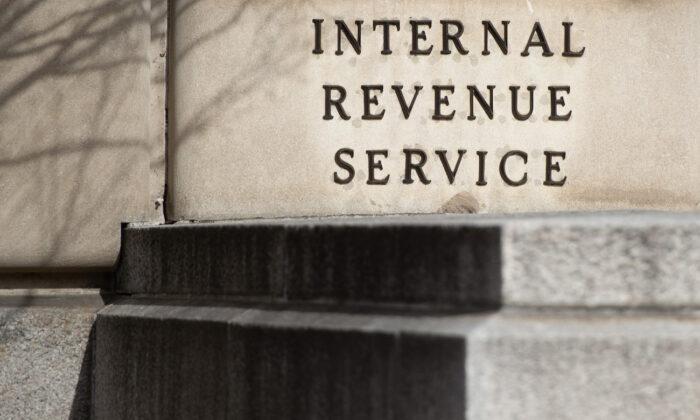The Internal Revenue Service (IRS) issued an alert to taxpayers on Tuesday, reminding them that they must report all digital asset-related income and answer a new digital asset question on their 2022 federal income tax return or face consequences such as delayed refunds or even penalties.
The “Yes” or “No” question, which was expanded and revised this year to update terminology, reads as follows:
“At any time during 2022, did you: (a) receive (as a reward, award or payment for property or services); or (b) sell, exchange, gift or otherwise dispose of a digital asset (or a financial interest in a digital asset)?”
“All taxpayers must answer the question regardless of whether they engaged in any transactions involving digital assets,” the agency cautioned.
- Received digital assets as payment for property or services provided;
- Transferred digital assets for free (without receiving any consideration) as a bona fide gift;
- Received digital assets resulting from a reward or award;
- Received new digital assets resulting from mining, staking, and similar activities;
- Received digital assets resulting from a hard fork (a branching of a cryptocurrency’s blockchain that splits a single cryptocurrency into two);
- Disposed of digital assets in exchange for property or services;
- Disposed of a digital asset in exchange or trade for another digital asset;
- Sold a digital asset; or
- Otherwise disposed of any other financial interest in a digital asset.
Taxpayers should check the “No” box if they merely owned digital assets but didn’t engage in any transactions involving them in 2022.
Many Americans Will See Smaller Tax Refunds
The IRS has warned that many taxpayers should expect a smaller refund this tax season because of tax law changes including the expiration of pandemic-related stimulus payments that would otherwise have boosted refund balances.Not all tax filers will see lower refunds as individual circumstances vary; many will see smaller checks.
The Recovery Rebate Credit was a way for millions of Americans to receive pandemic support if they did not receive their full amount via stimulus checks.
This credit was available for missing amounts from the first, second, and third round stimulus checks, and could only be claimed on 2020 and 2021 tax returns.
The stimulus checks were discontinued in December 2021 and the missing third-round amounts could only be claimed on a 2021 tax return filed in 2022.
The Child Tax Credit (CTC) for 2022 tax returns has been reduced to $2,000 per child, down from the expanded amount of $3,600 for children under 6 and $3,000 for children between 6 and 17 in 2021.
Some taxpayers may be eligible for an Additional Child Tax Credit (ACTC), which would allow them to receive up to $1,500 of the CTC as a refund on their tax return.
Also, a tax credit that working parents can use to help cover child care costs or that people with adult dependents can use for the same purpose is lower in 2022.
For tax year 2021, qualifying expenses were raised from $3,000 to $8,000 for one qualifying person and from $6,000 to $16,000 for two or more. The percentage eligible for the credit was increased from 35 percent to 50 percent.
But for 2022, qualifying expenses have been reduced back down to $3,000 for one person and to $6,000 for two or more. The percentage of qualified expenses that can be claimed now range from 20 percent to 35 percent.
The temporary enhancements also made the child and dependent care credit fully refundable. But for 2022, it has become non-refundable, meaning that at best it can only reduce one’s tax bill to zero.





